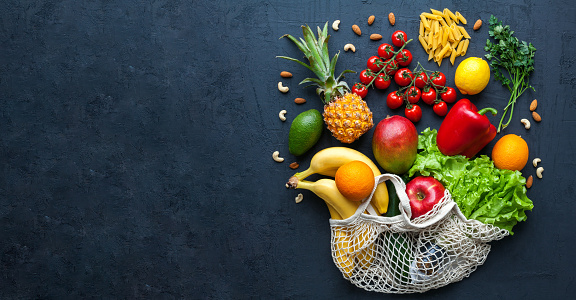

India's diverse climate ensures the availability of all
varieties of fresh fruits & vegetables. It ranks second in
fruits and vegetable production in the world, after China. As
per National Horticulture Database (Second Advance Estimates)
published by National Horticulture Board, during 2020-21, India
produced 102.48 million metric tonnes of fruits and 200.45
million metric tonnes of vegetables. The area under cultivation
of fruits stood at 9.6 million hectares while vegetables were
cultivated at 10.86 million hectares.
According to FAO (2020), India is the largest producer of ginger
and okra among vegetables and ranks second in the production of
Potatoes, Onions, Cauliflowers, Brinjal, Cabbages, etc. Amongst
fruits, the country ranks first in the production of Bananas
(26.29%), Papayas (43.26%) and Mangoes (including mangosteens
and guavas) (45.14%).
The vast production base offers India tremendous opportunities
for export. During 2021-22, India exported fresh fruits and
vegetables worth Rs. 11,412.50 crores/ 1,527.60 USD Millions
which comprised fruits worth Rs. 5593 crores/ 750.7 USD Millions
and vegetables worth Rs. 5745.54 crores/ 767.01 USD Millions.
The processed fruits and vegetables including of pulses exported
to be Rs. 12,858.66 crores/ USD 1,724.88 million which comprised
of processed vegetables including of pulses Rs.8308.04 Crose/
USD 1114.19 million and processed fruits and juices Rs.4550.62
crores/ USD 610.69 million in 2021-22.
Grapes, Pomegranates, Mangoes, Bananas, and Oranges account for
the larger portion of fruits exported from the country while
Onions, Mixed Vegetables, Potatoes, Tomatoes, and Green Chilly
contribute largely to the vegetable export basket.
Major destinations for the Indian fresh fruits and vegetables
are Bangladesh, UAE, Nepal, Netherland, Malaysia, Sri Lanka,
the UK, Oman and Qatar.
Major destinations for the Indian processed fruits and
vegetables are USA, UAE, China, Netherland, UK and Saudi Arab.
Though India's share in the global market is still nearly 1%
only, there is increasing acceptance of horticulture produce
from the country. This has occurred due to concurrent
developments in the areas of state-of-the-art cold chain
infrastructure and quality assurance measures. Apart from large
investments pumped in by the private sector, the public sector
has also taken the initiative with APEDA for setting up several
Centers for Perishable Cargoes and integrated post-harvest
handling facilities in the country. Capacity-building
initiatives at the farmers, processors and exporters levels have
also contributed towards this effort.